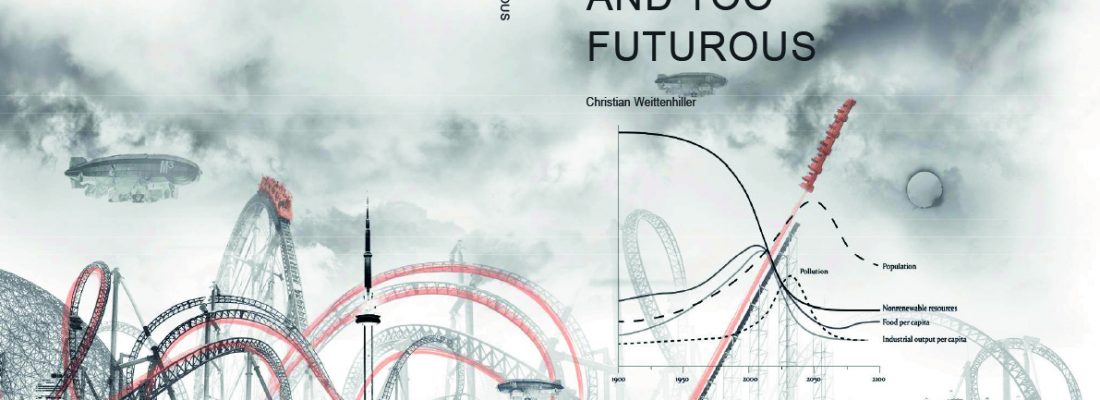
„Avant-Gardists are people that don‘t
know where they want to go, but they
are the first ones there.“
(Roman Gard, french writer)
The avant-garde. A global chapter in art and a difficult one. To define a general theory that covers the totality of the phenomenon is close to impossible. And many considerable theorists struggle to outline a historical timeframe in which the avant-garde movement was active and alive. The theorists, however, agree upon the fact that by the change of the millennium the avant-garde movement had ceased to exist. But why, when and how remain questions to be answered. It is a difficult challenge to find a general definition over a phenomenon that is so widely spread, dependent on social, political and local peculiarities, covering all art forms from literature over theater and music, to art and architecture. Furthermore aggravated by the fact that the avant-garde itself, to diff erentiate itself from “other” forms of art, established it’s own “isms”, new defi nitions, fi elds of art, established in furious manifestos – actionism, deconstructivism, dadaism, futurism and the like.
This book however shall propose a new suggestion to define a timely outline to the avant-garde phenomenon by offering a different approach to the topic:
Where many theorists agree that early futurism in italy had set the tone for the century of avant-gardes, it remains unclear of what ended the era of avant-gardes. This book will focus mainly on the less-discussed architectural avant-gardes, primarily concentrating its observations and research on the Central European Architectural avant-gardes. More precisely on seven architectural avant-gardes which proposed utopian visions, looking more or less far into an uncertain future, inspired by technological progress and marked by the perils of war that tore apart Europe, envisioning a new society and a new way of life for a better future.
